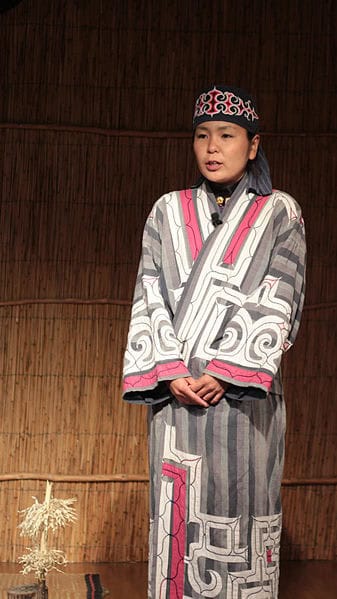In our diverse and interconnected world, some communities remain distinct and rare, preserving unique traditions, lifestyles, and beliefs. These subcultures offer a fascinating glimpse into the rich tapestry of human diversity. Here are 20 of the rarest subcultures and communities from around the globe, each maintaining their heritage in the face of modern challenges.
The Awa Tribe (Papua New Guinea)
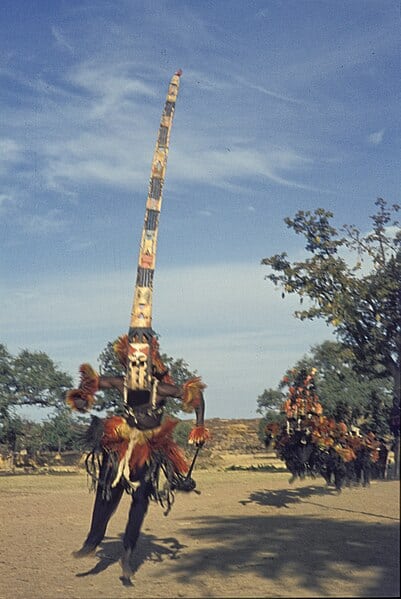
The Awa tribe is a semi-nomadic group living in the dense rainforests of Papua New Guinea. Known for their deep connection to nature, they rely on hunting, gathering, and small-scale agriculture. Their unique bond with wildlife, especially their domesticated animals like parrots and marsupials, sets them apart from other indigenous groups. Due to their remote location, the Awa tribe has preserved much of their traditional lifestyle and customs, making them one of the most isolated tribes in the world.
The Bajau People (Southeast Asia)
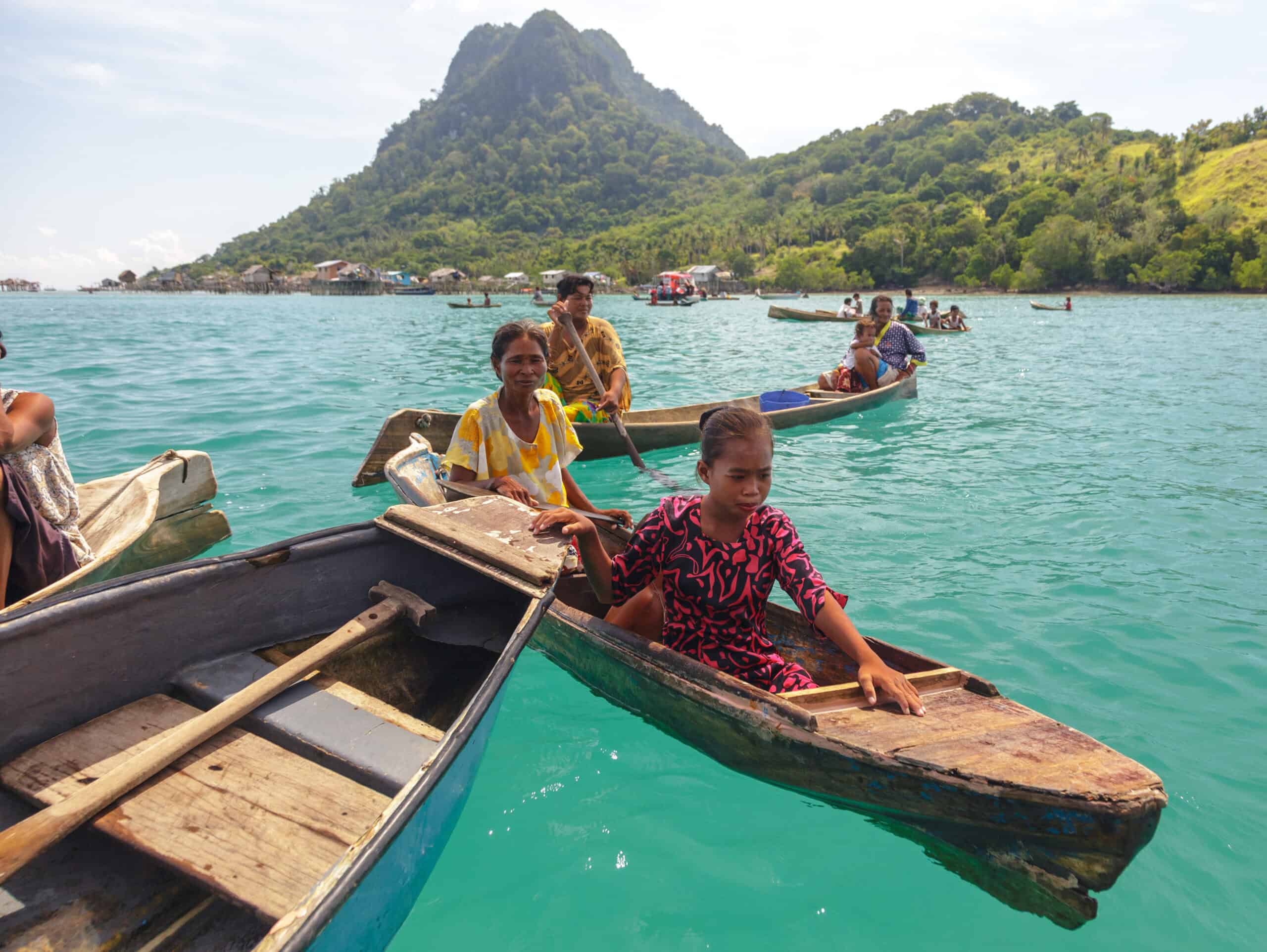
Often referred to as “sea nomads,” the Bajau people inhabit the waters of Southeast Asia, primarily around Malaysia, Indonesia, and the Philippines. Their life revolves around the sea, living on houseboats and practicing free-diving for fishing and collecting marine resources. Their ability to hold their breath underwater for extended periods has fascinated scientists and highlights their unique adaptation to a marine environment.
The Kalash People (Pakistan)
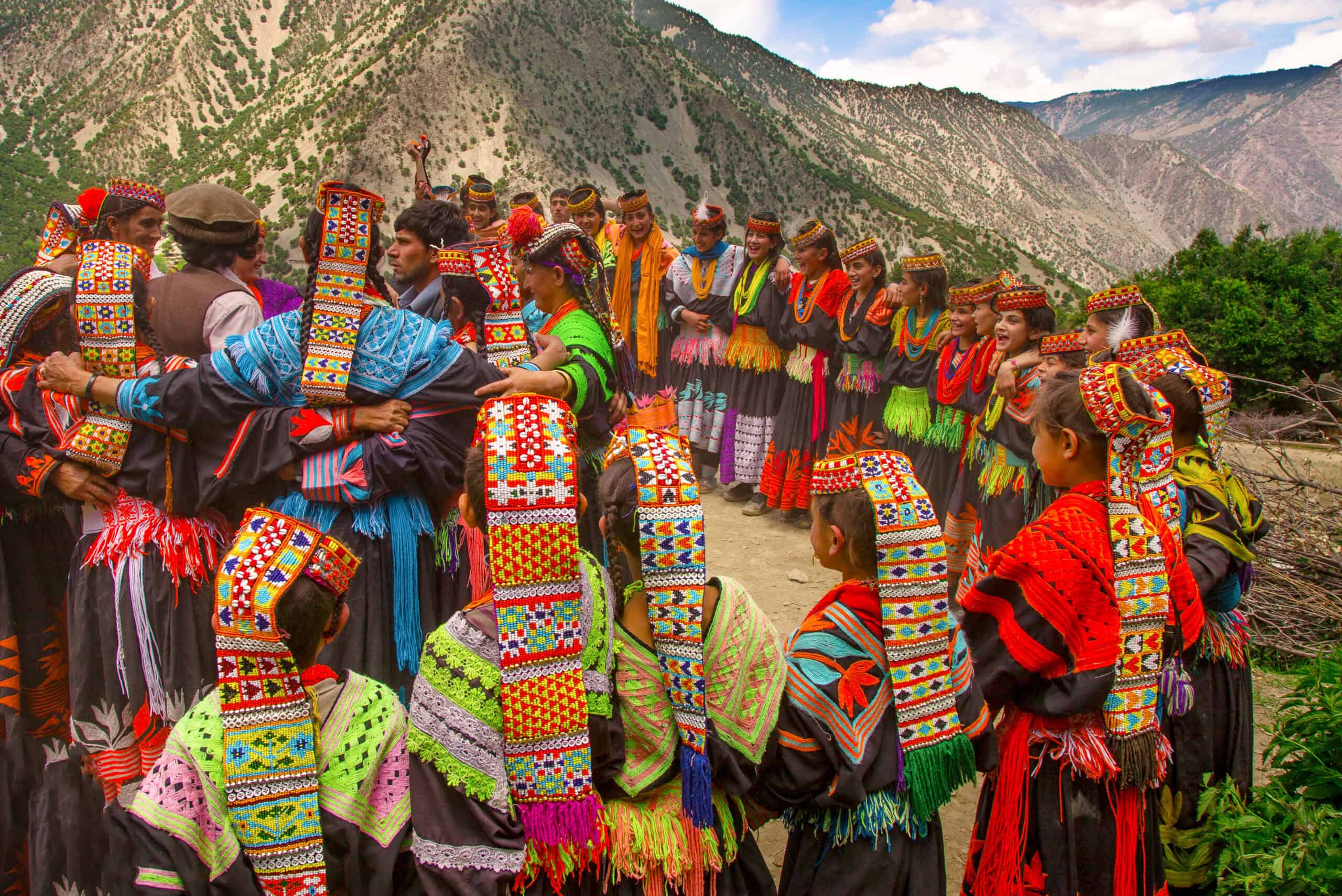
Nestled in the remote valleys of the Hindu Kush mountains in Pakistan, the Kalash people are a unique ethnic group with distinct cultural practices and polytheistic beliefs. Their vibrant festivals, traditional dress, and intricate beadwork are integral to their identity. Despite pressures from surrounding communities, the Kalash have managed to retain their ancient customs and language, making them a rare and fascinating community.
The Huli Wigmen (Papua New Guinea)
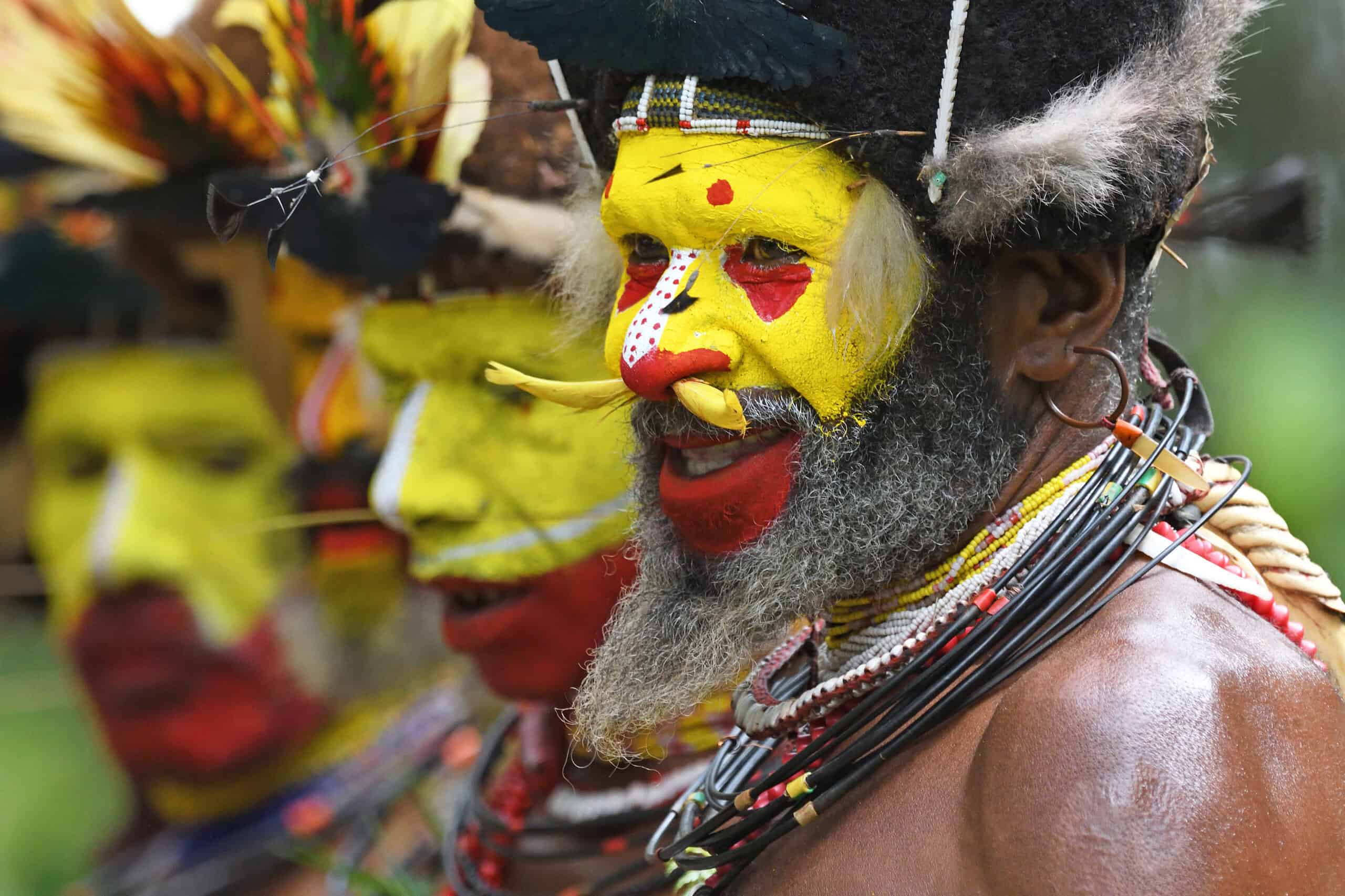
The Huli Wigmen are indigenous to the Highlands of Papua New Guinea, known for their elaborate wigs made from human hair. These wigs are not just a fashion statement but are deeply rooted in their cultural rituals and status symbols. The Huli people are also famous for their body paint and traditional dances, which play a significant role in their social and spiritual life.
The Inughuit (Greenland)
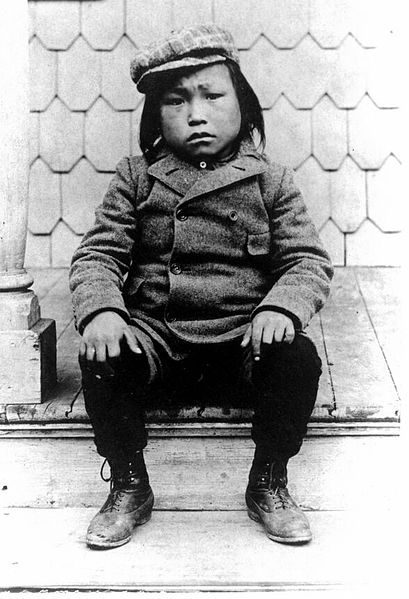
The Inughuit, also known as the Polar Eskimos, are one of the most isolated communities in Greenland. Living in the extreme Arctic environment, they have developed specialized hunting techniques for survival, relying heavily on marine mammals. Their unique language and traditions have been preserved despite the harsh conditions, offering a glimpse into the resilience and adaptability of human cultures.
The Ladakhi (India)
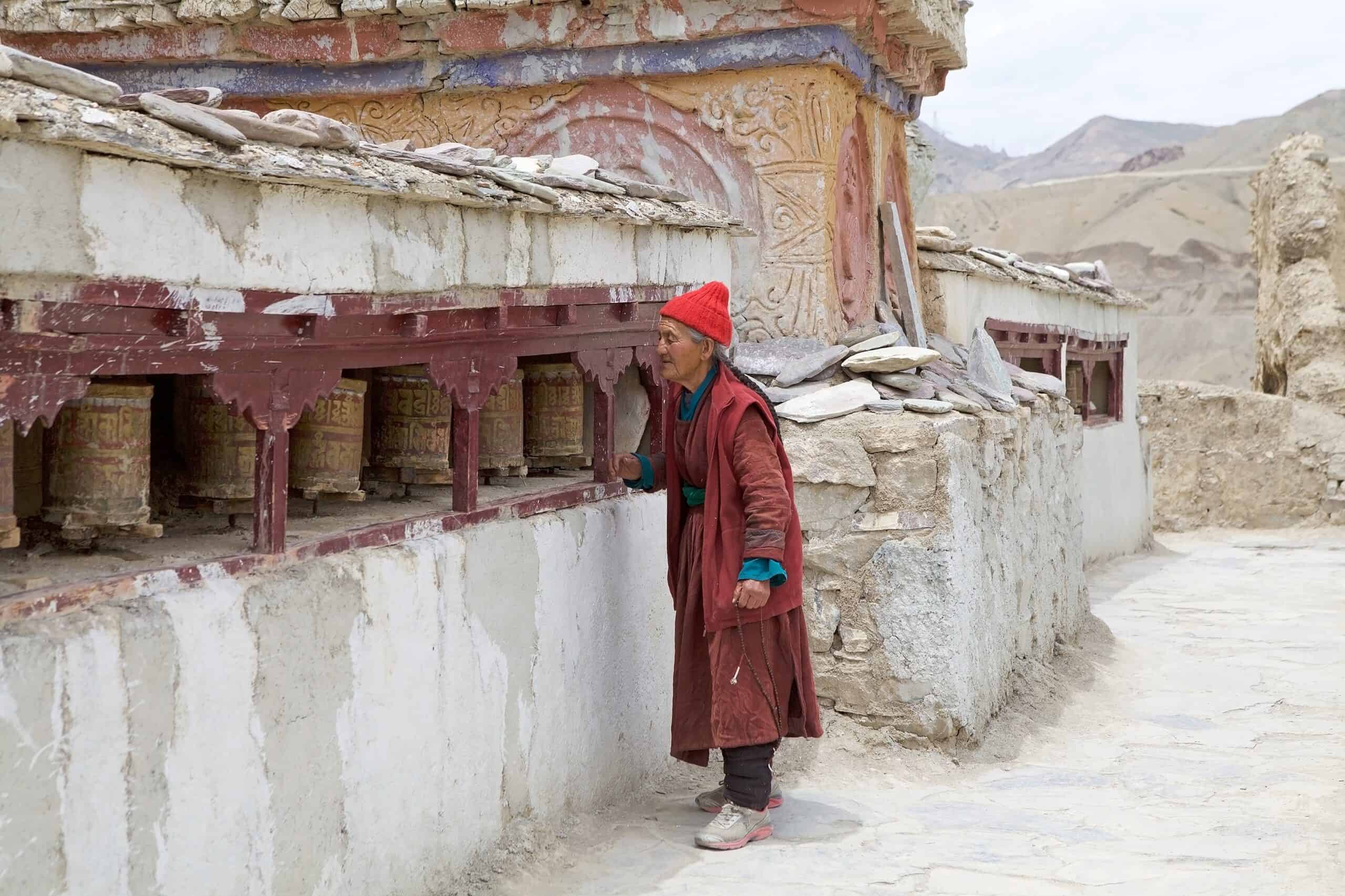
In the high-altitude deserts of northern India, the Ladakhi people have maintained a rich cultural heritage influenced by Tibetan Buddhism. Their traditional lifestyle includes farming, herding, and intricate weaving. The Ladakhi festivals, with vibrant dances and rituals, reflect their deep spiritual connection and community bonds. The remote location of Ladakh has helped preserve their unique way of life against modern influences.
The Dogon (Mali)
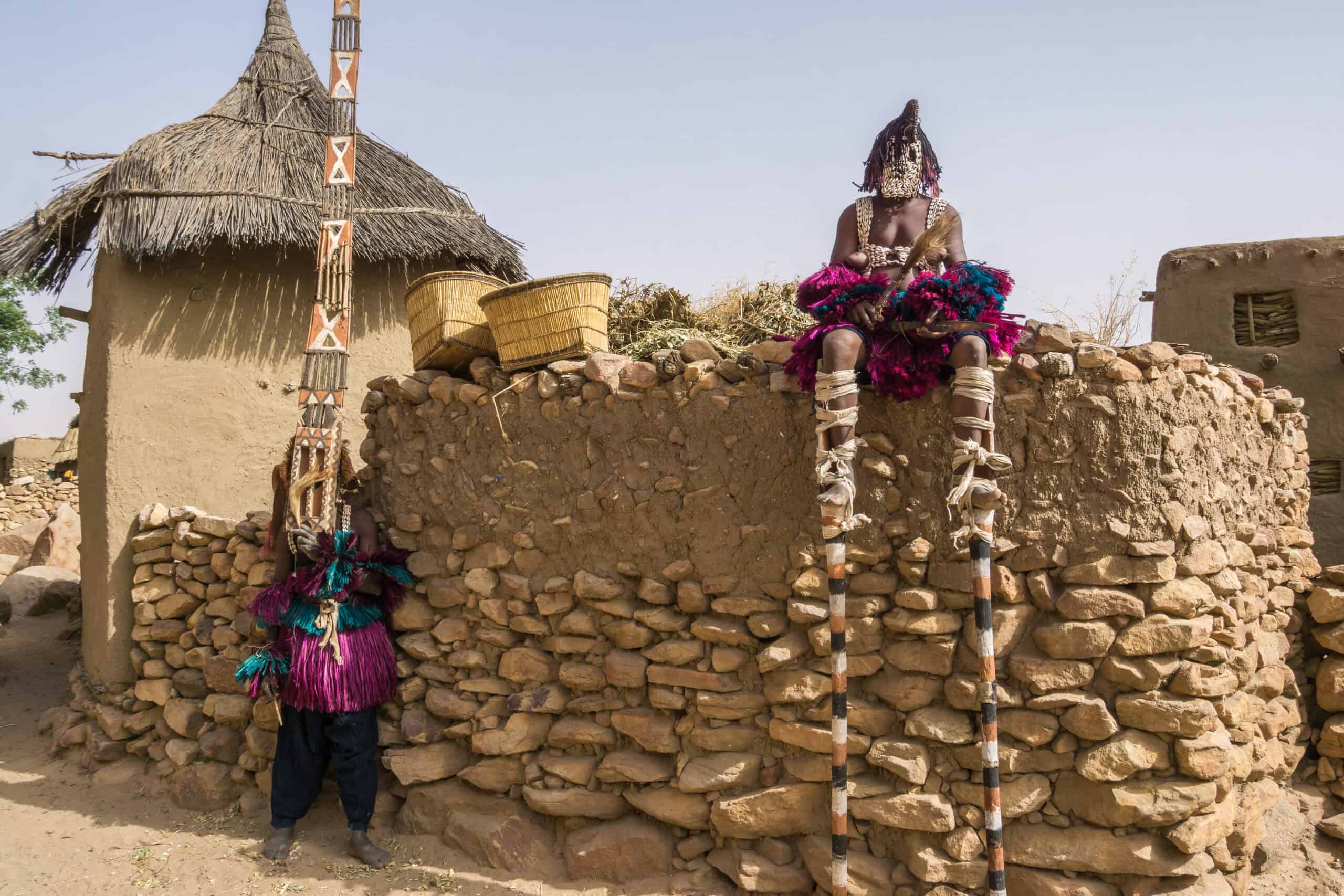
The Dogon people of Mali are renowned for their rich mythology, complex cosmology, and distinctive architecture. Their cliffside villages and elaborate masks used in ceremonies are emblematic of their cultural identity. The Dogon are also known for their knowledge of astronomy, which they claim to have inherited from ancient ancestors. This intricate blend of science and spirituality makes the Dogon one of Africa’s most enigmatic communities.
The Rapa Nui (Easter Island)
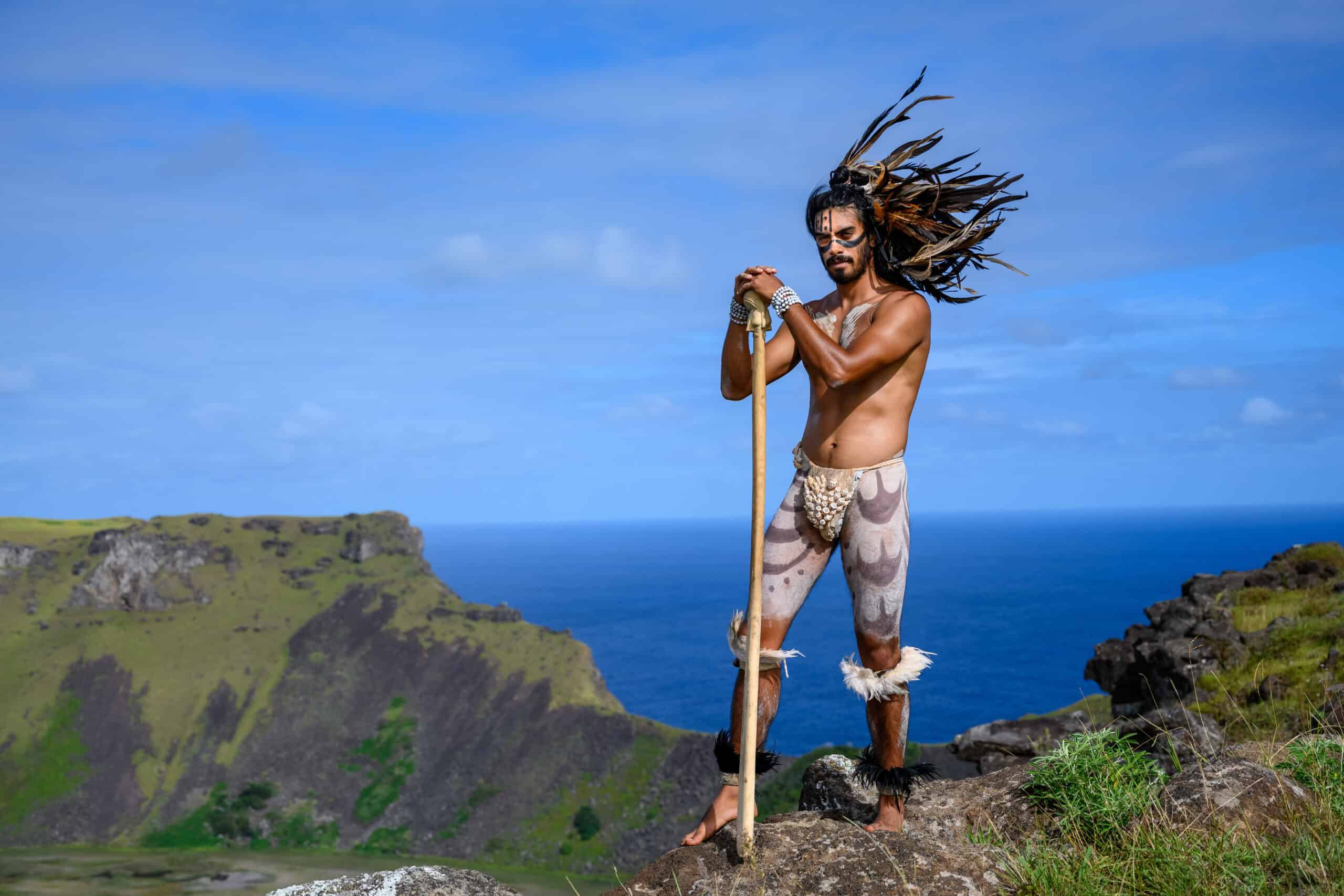
Isolated in the Pacific Ocean, the Rapa Nui people of Easter Island are famous for their monumental statues called moai. These statues are a testament to their ancestors’ engineering and artistic skills. The Rapa Nui culture, language, and traditions have survived through centuries of isolation and external influences, offering a unique perspective on human ingenuity and resilience.
The Himba (Namibia)
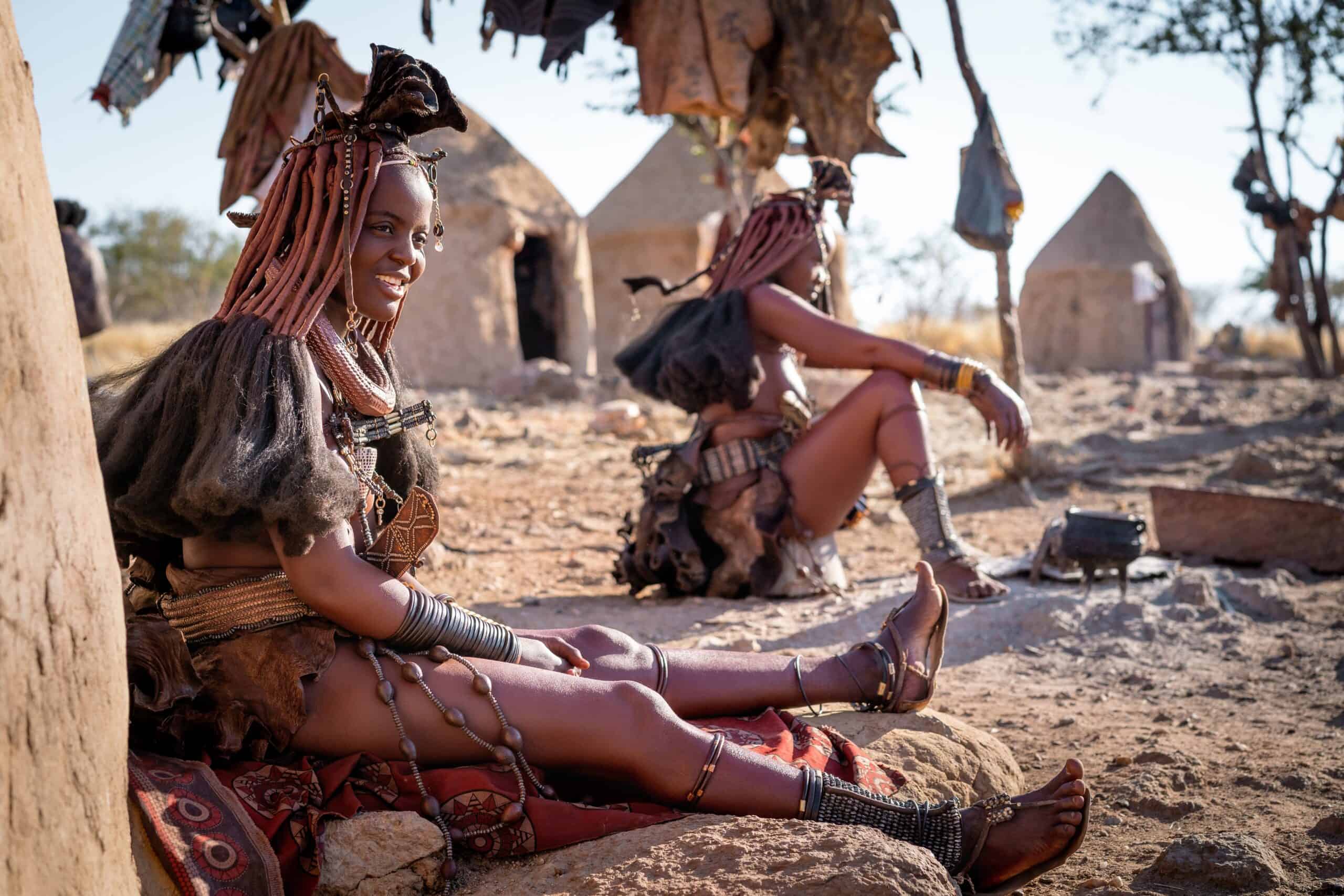
The Himba people inhabit the arid region of northern Namibia, known for their distinct appearance, including red ochre-covered skin and elaborate hairstyles. They are semi-nomadic pastoralists, relying on livestock for their livelihood. The Himba’s traditional way of life, centered around their cattle and ancestral worship, has remained relatively unchanged, providing a window into a timeless African culture.
The Saami (Scandinavia)
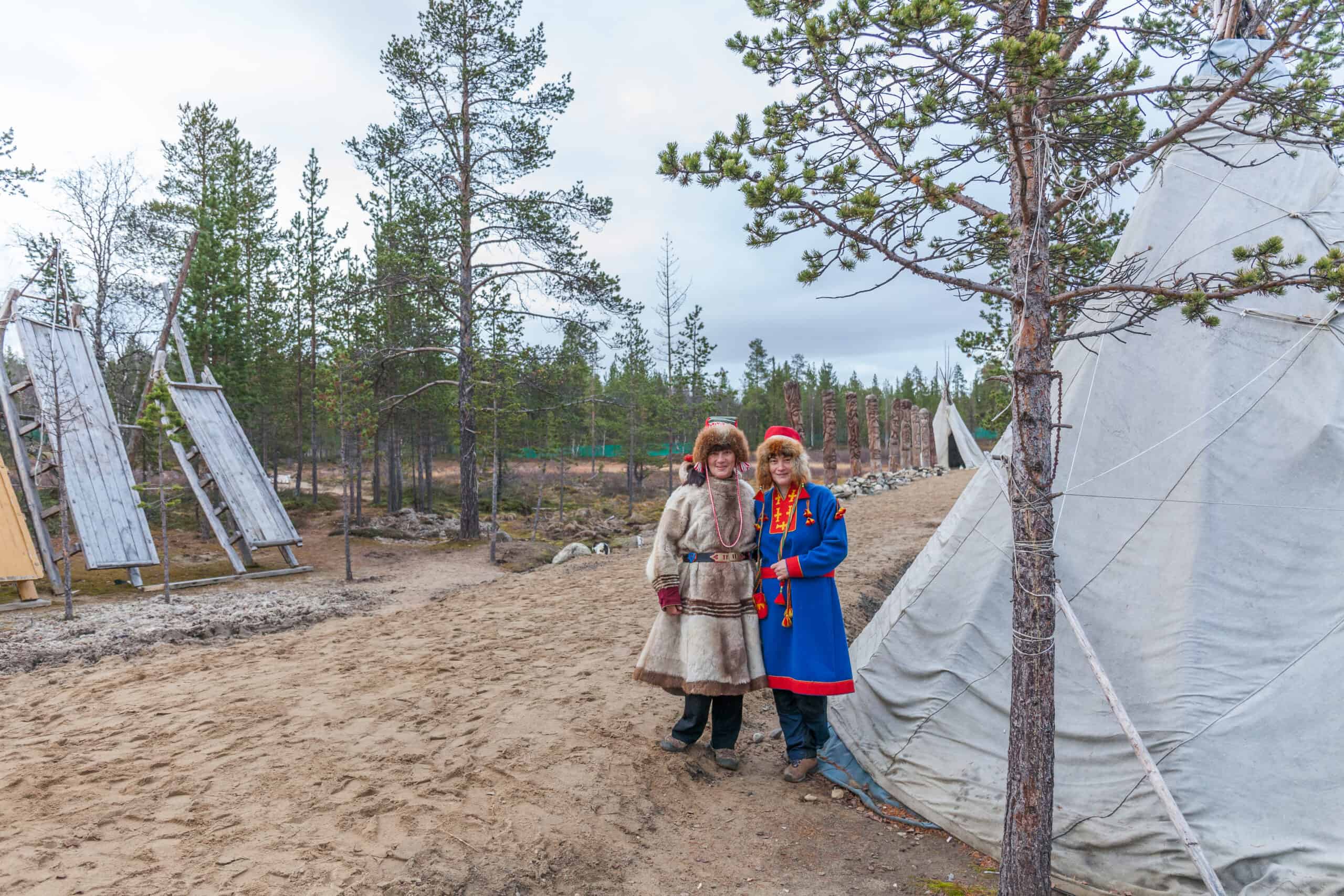
The Saami people are indigenous to the Arctic regions of Norway, Sweden, Finland, and Russia. Their traditional livelihood includes reindeer herding, fishing, and crafting. The Saami have a rich cultural heritage with unique languages, music (joik), and colorful clothing. Despite modern pressures, the Saami have fought to preserve their identity and way of life, making them one of the most resilient indigenous groups in Europe.
The Yali (Indonesia)
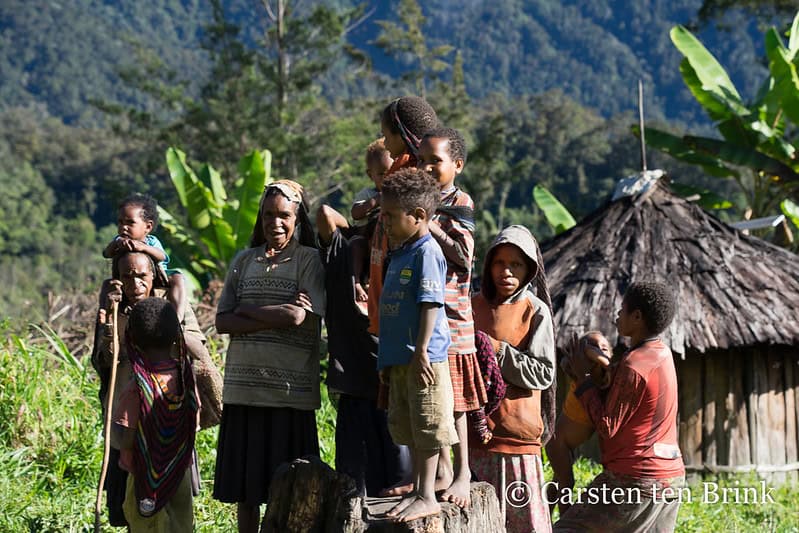
Living in the highlands of Papua, Indonesia, the Yali people are known for their tall, conical houses and distinctive dress, which includes penis gourds for men. Their isolated environment has helped them maintain their traditional lifestyle, which revolves around agriculture, hunting, and intricate social structures. The Yali’s unique customs and language offer valuable insights into the diversity of human cultures in Papua.
The Chukchi (Russia)
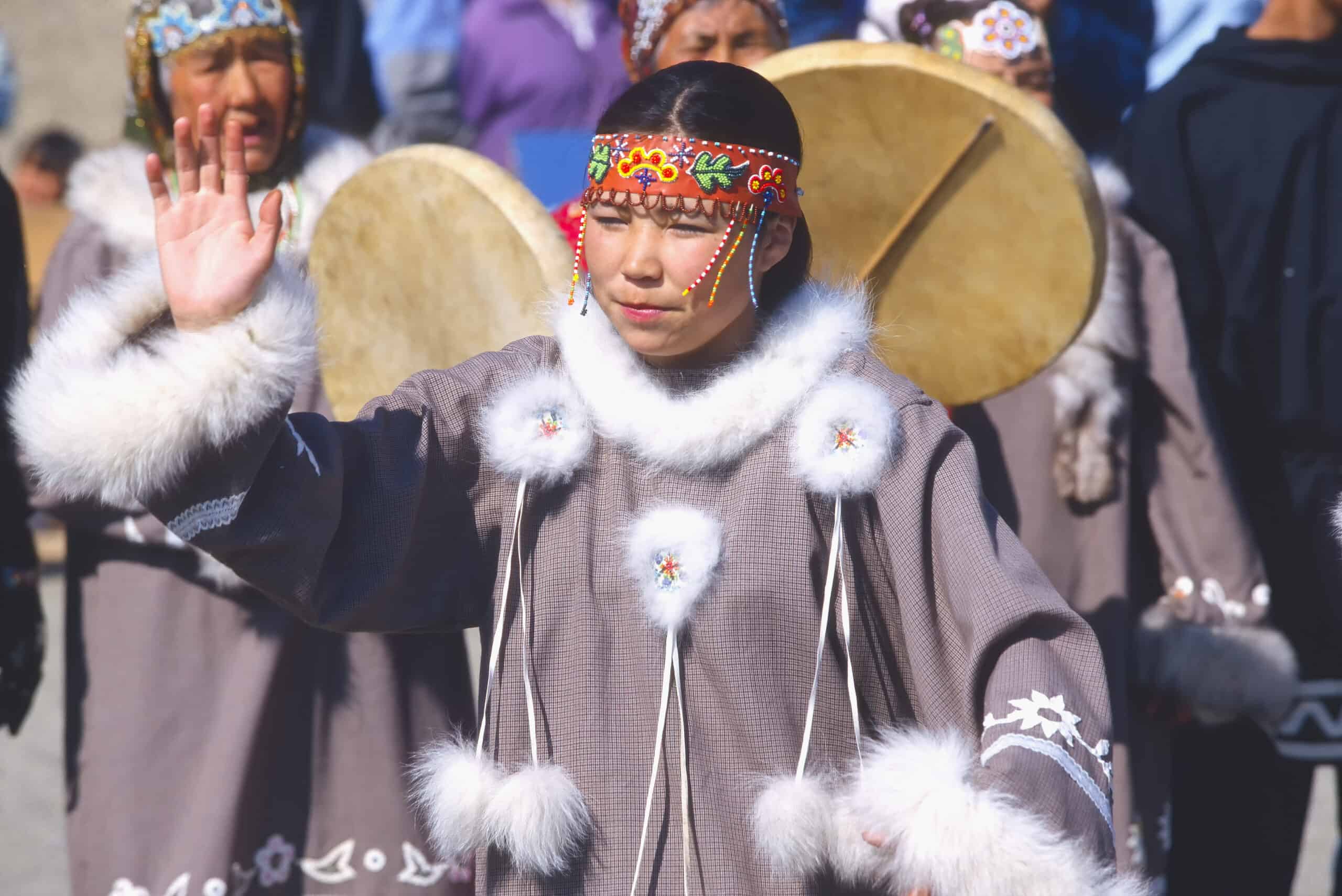
The Chukchi people of Siberia are indigenous to the Chukotka Peninsula in Russia. They have adapted to the harsh Arctic environment through reindeer herding and marine mammal hunting. The Chukchi’s traditional clothing, made from animal skins and fur, and their spiritual practices, rooted in shamanism, reflect their deep connection to the land and sea.
The Moken (Thailand and Myanmar)
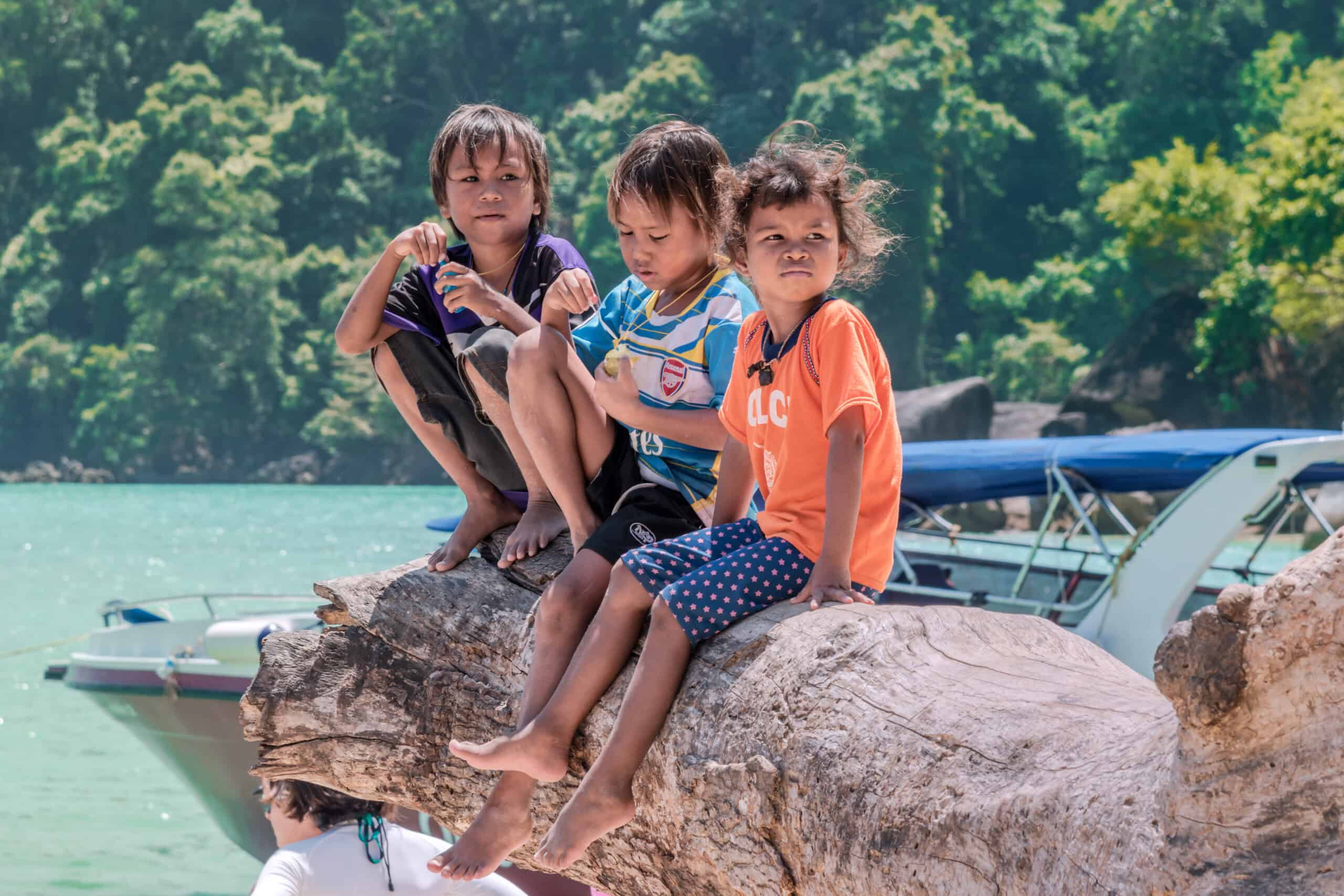
Known as “sea gypsies,” the Moken people live a nomadic life on the waters of the Andaman Sea. Their traditional wooden boats, called kabang, serve as their homes and means of livelihood. The Moken’s deep knowledge of the sea and marine life has enabled them to survive and thrive in this environment for centuries. Their unique lifestyle and traditions are increasingly threatened by modern development and environmental changes.
The Yanomami (Brazil and Venezuela)
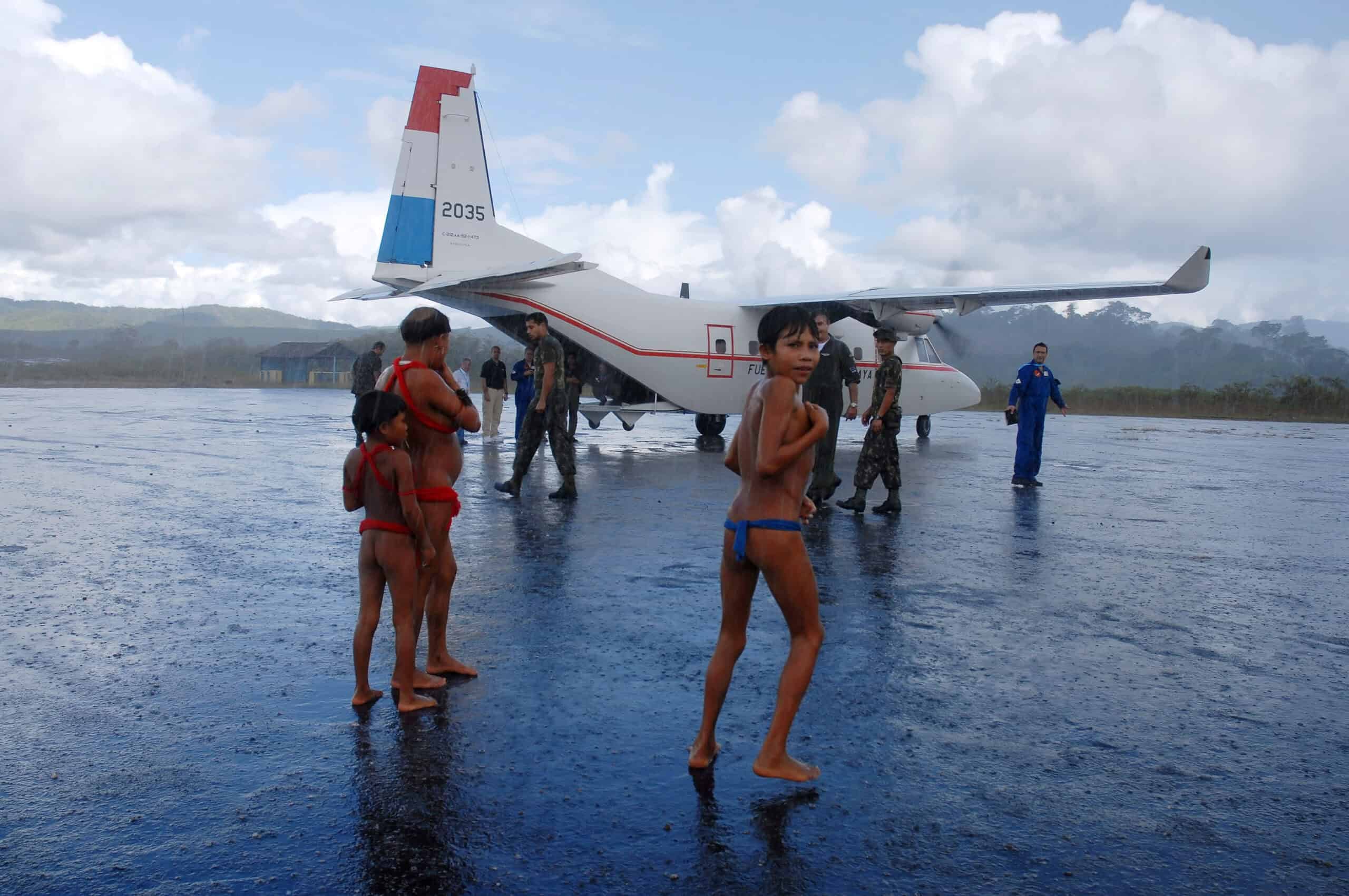
The Yanomami are one of the largest relatively isolated indigenous groups in South America, living in the Amazon rainforest. They are known for their communal living arrangements in large, circular structures called yanos or shabonos. The Yanomami’s deep knowledge of the rainforest, medicinal plants, and intricate social and spiritual practices make them a fascinating study in human adaptation and cultural diversity.
The Bedouin (Middle East)

The Bedouin are nomadic Arab tribes who have traditionally lived in the deserts of the Middle East. Known for their hospitality, intricate poetry, and unique customs, the Bedouin lifestyle revolves around herding camels and goats, as well as trading. Despite modern influences, many Bedouin communities continue to preserve their traditional way of life, offering a glimpse into a culture shaped by the harsh desert environment.
The Dukha (Mongolia)
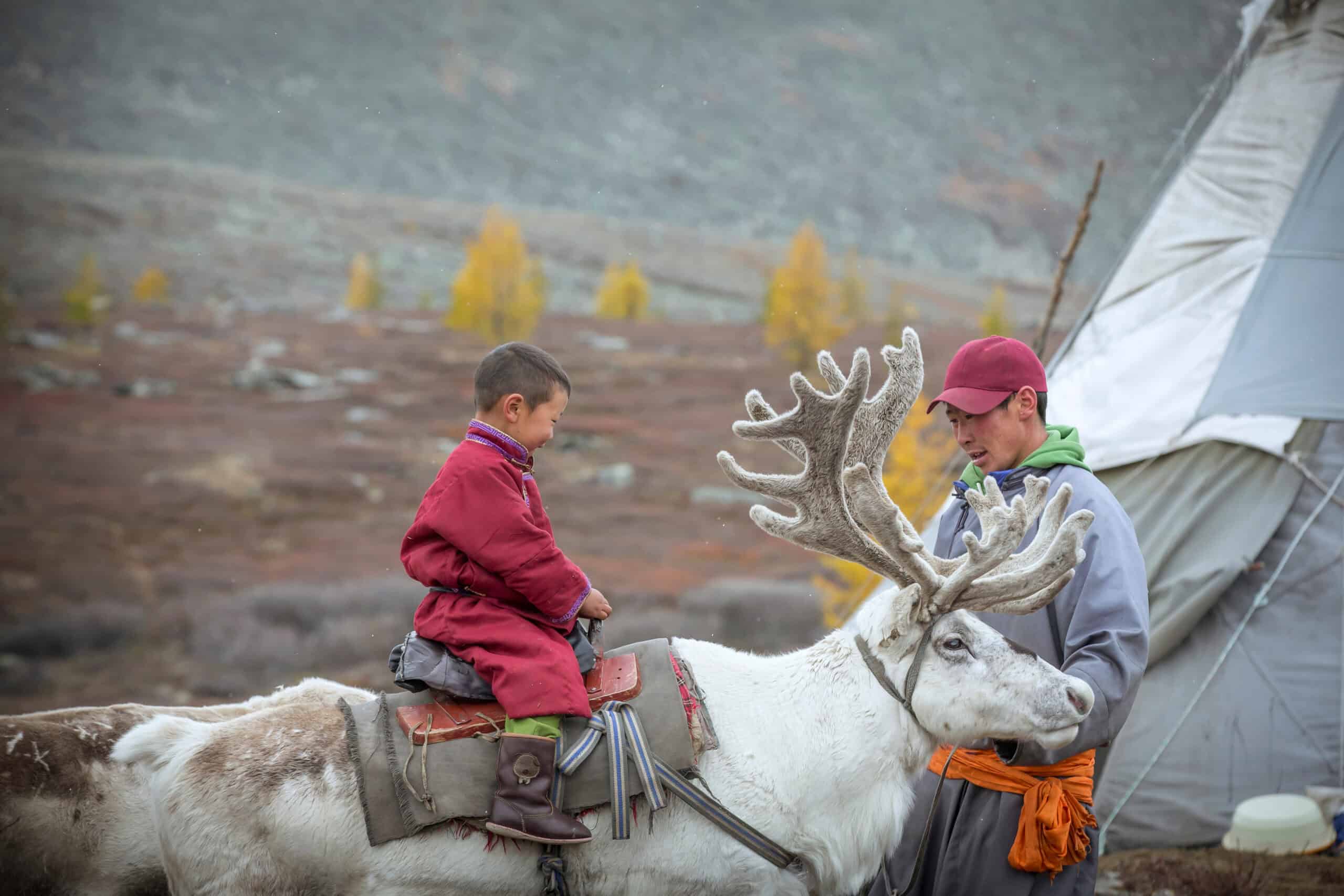
The Dukha, also known as Tsaatan, are reindeer herders living in the taiga forests of northern Mongolia. Their symbiotic relationship with reindeer, which they rely on for transportation, milk, and fur, defines their way of life. The Dukha’s animistic beliefs and shamanistic practices are integral to their cultural identity, making them one of the last reindeer herding communities in the world.
The Akha (Southeast Asia)
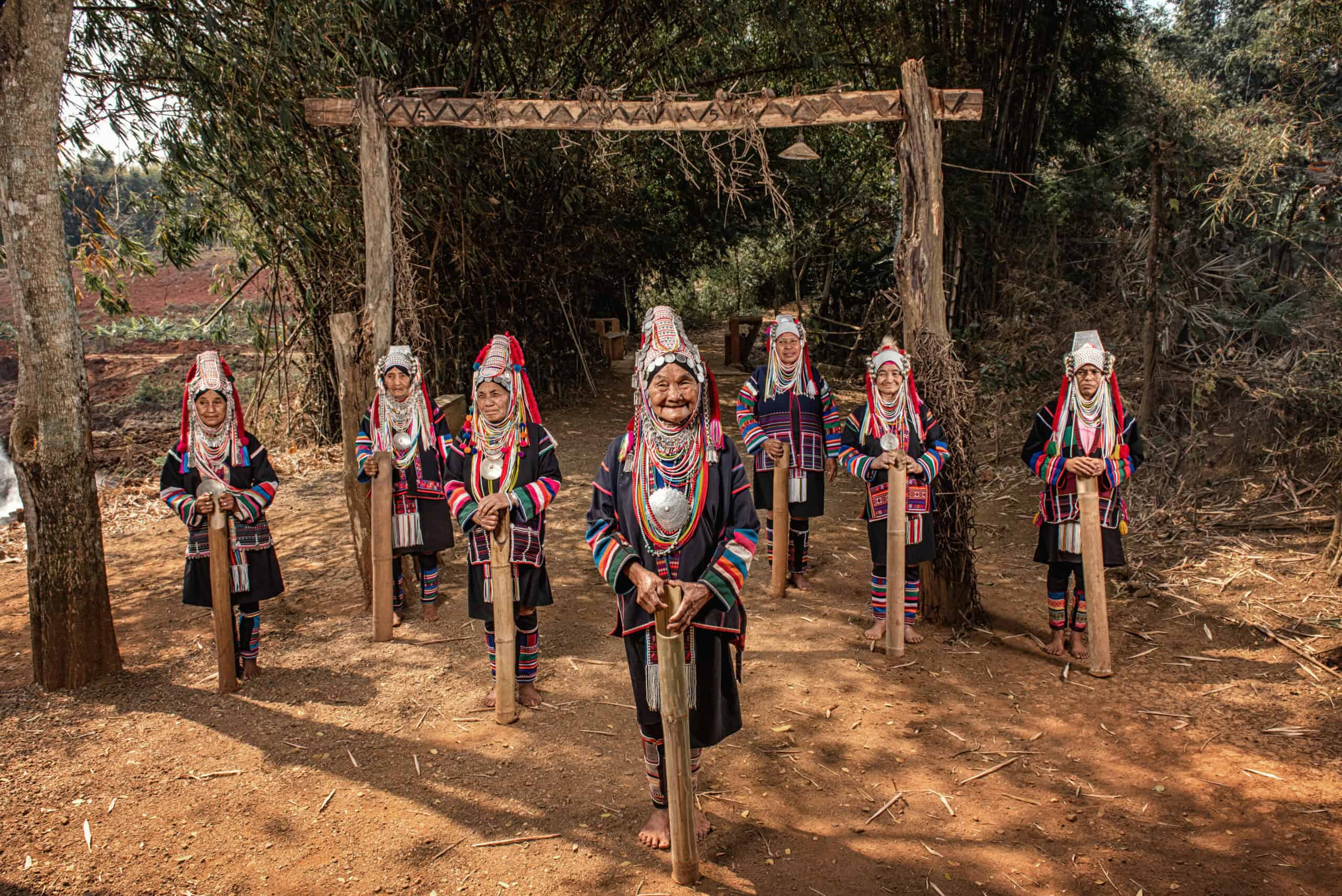
The Akha are an indigenous hill tribe found in the mountainous regions of Thailand, Laos, Myanmar, and China. They are known for their colorful traditional clothing, intricate silver jewelry, and unique headdresses. The Akha’s subsistence farming, coupled with their rich oral traditions and animistic beliefs, have helped them maintain a distinct cultural identity despite the pressures of modernization.
The San (Southern Africa)
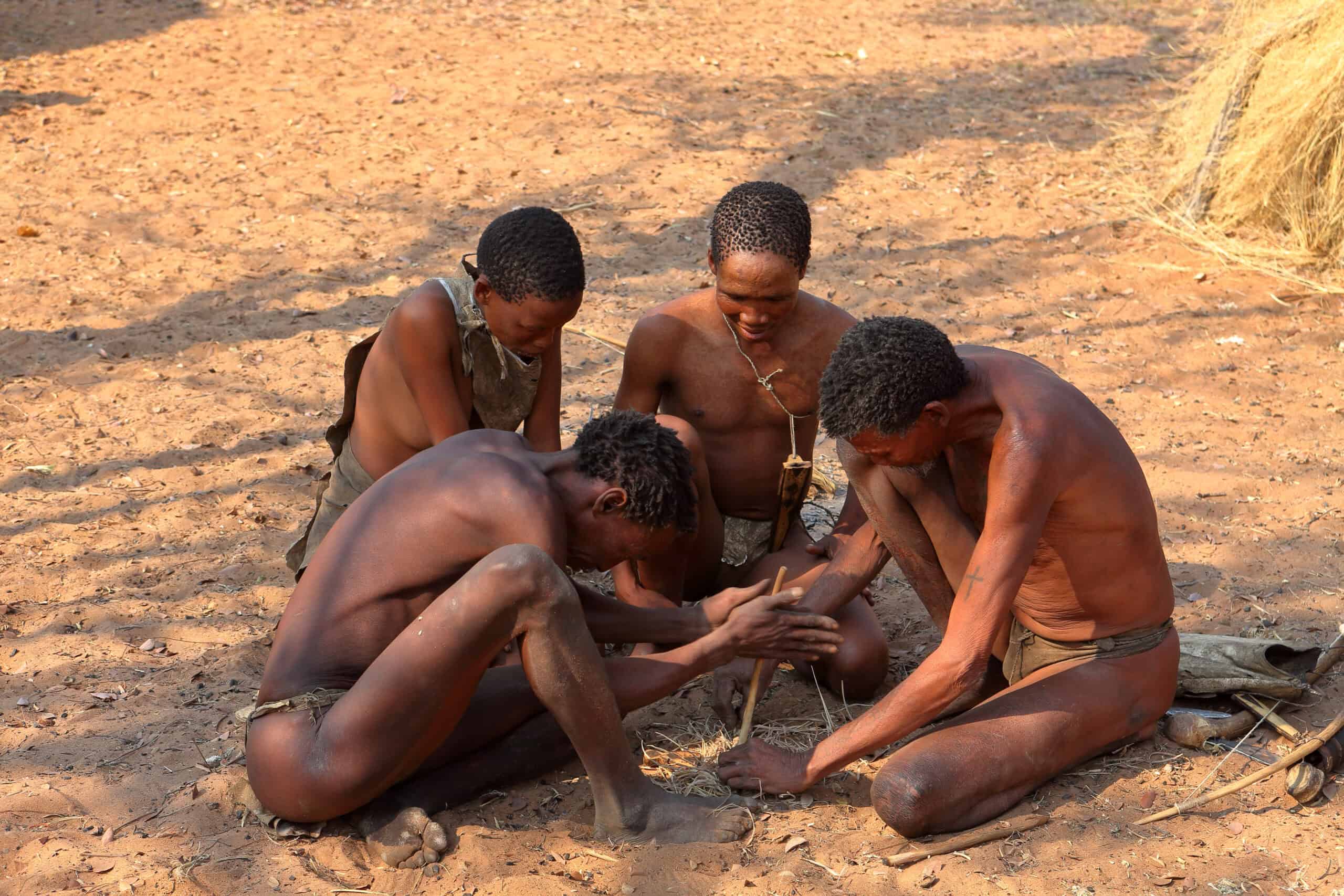
Also known as Bushmen, the San people are one of the oldest continuous cultures in the world, inhabiting the Kalahari Desert in southern Africa. Their hunter-gatherer lifestyle, knowledge of the land, and complex language with click consonants have fascinated anthropologists for decades. The San’s intimate connection with their environment and their traditional healing practices are vital to their survival and cultural heritage.
The Jarawa (Andaman Islands)

The Jarawa are one of the indigenous tribes of the Andaman Islands in India, living in near isolation from the outside world. Their hunter-gatherer lifestyle, reliance on the forest and sea, and unique language have remained largely unchanged for thousands of years. The Jarawa’s resistance to external influences has helped preserve their way of life, making them one of the most isolated tribes in the world.
The Berbers (North Africa)
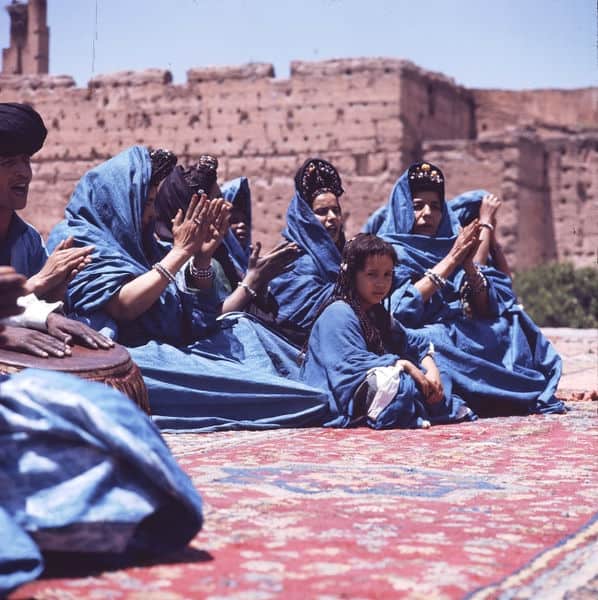
The Berbers, also known as Amazigh, are indigenous to North Africa, particularly in Morocco, Algeria, Tunisia, and Libya. Their rich cultural heritage includes a unique language, traditional music, and intricate crafts. The Berbers’ nomadic and semi-nomadic lifestyle, coupled with their strong sense of identity and resistance to Arabization, has helped them maintain their distinct cultural traditions for centuries.
This article originally appeared on Rarest.org.
More From Rarest.Org
In a world dominated by major languages like English, Spanish, and Mandarin, countless other languages teeter on the brink of extinction. These rare languages, each with a unique history and cultural significance, offer invaluable insights into human diversity. Read more.
Like any sport, golf has a broad range of enthusiasts who appreciate the intricacies of the game. They look at the best courses, irons and, of course, the golf balls. Read more.
The human body is an astonishing marvel of nature, packed with surprising abilities and intricate functions that often go unnoticed. From the incredible strength of our bones to the remarkable capacity of our brain, each part of our body is designed with precision and efficiency. Read more.

